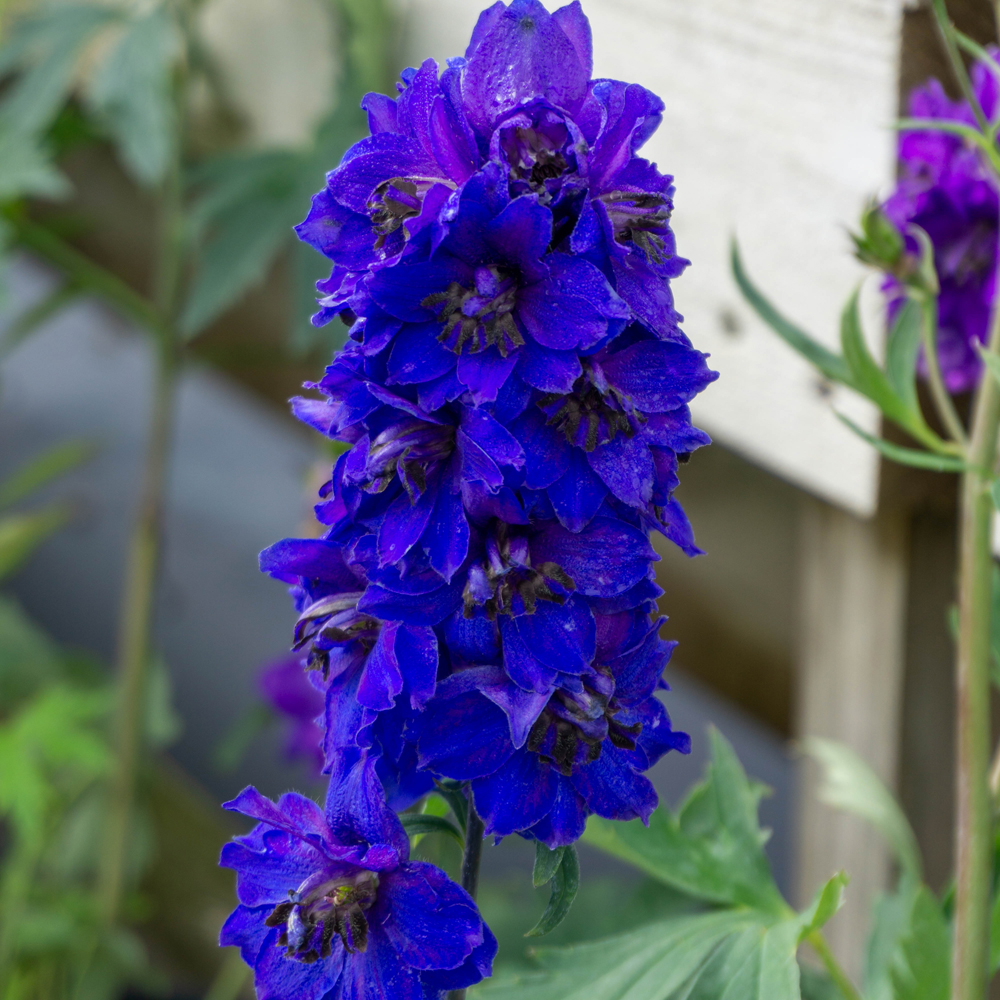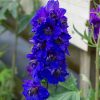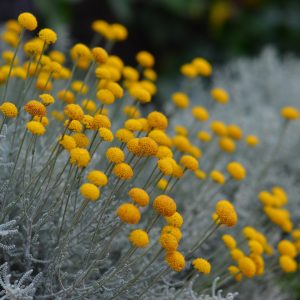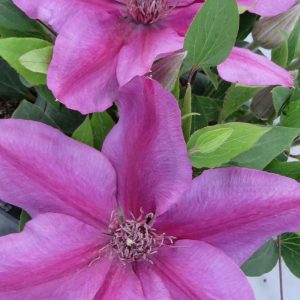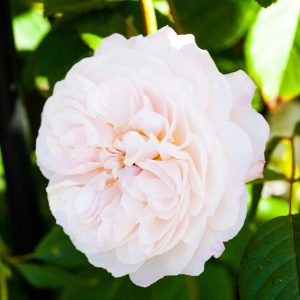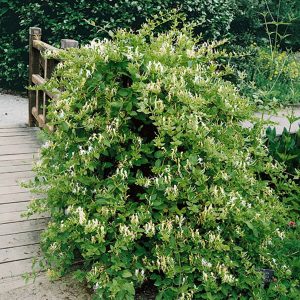Description
Delphiniums are a genus of perennial flowering plants in the family Ranunculaceae, native to the Northern Hemisphere. They produce tall, showy spikes of flowers in shades of blue, purple, pink, white, and sometimes yellow. Delphiniums prefer cool, moist climates and well-drained soil. They are often grown in cottage gardens, mixed borders, or as cut flowers. Many cultivars of Delphiniums have been developed with improved flower color, size, and disease resistance. Some popular cultivars include ‘Pacific Giants’, ‘Magic Fountain’, and ‘Guardian’. Delphiniums are also attractive to bees and butterflies, making them a great addition to pollinator-friendly gardens. However, they are toxic to humans and pets if ingested.
Key Facts
- Common Name(s):Delphinium ‘Dark Blue Black Bee’
- Hardiness:Fully hardy through most of the UK
- How big will I get? Delphinium ‘Dark Blue Black Bee’ can grow to a height of 1m and a spread of 1m.
- Did You Know That:The name Delphinium comes from the Ancient Greek for Dolphin?
Plant Calendar
A rough guide to how this plant will change through the year.
| Jan | Feb | Mar | Apr | May | June | July | Aug | Sept | Oct | Nov | Dec | |
| Flowering Time |   |
  |
||||||||||
| Foliage Colour |  |
 |
 |
 |
 |
 |
 |
 |
 |
| J | F | M | A | M | J | J | A | S | O | N | D |
  |
  |
||||||||||
 |
 |
 |
 |
 |
 |
 |
 |
 |
Care Guide

Soil Requirements
Delphinium ‘Dark Blue Black Bee’ is a versatile plant and can cope with wet or drier soils, but prefers there to be decent drainage. This plant can grow in soil with a wide range of pH levels, it is not picky about the pH level of the soil.

Best Position
Delphinium ‘Dark Blue Black Bee’ prefers a sheltered position and requires full sun to thrive, this consists of more than six hours of direct sunshine per day.

Maintenance
Delphinium ‘Dark Blue Black Bee’ should be deadheaded regularly to promote the production of new flowers, it can then be cut back hard once the flowering period is over, this will help to promote plenty of fresh growth the following Spring.

Pest, Diseases and Wildlife
Delphinium ‘Dark Blue Black Bee’ can have problems with leaf miners and caterpillars, it can be vulnerable to certain diseases such as powdery mildews and virus’. It is toxic to cats, dogs, horses and people.
